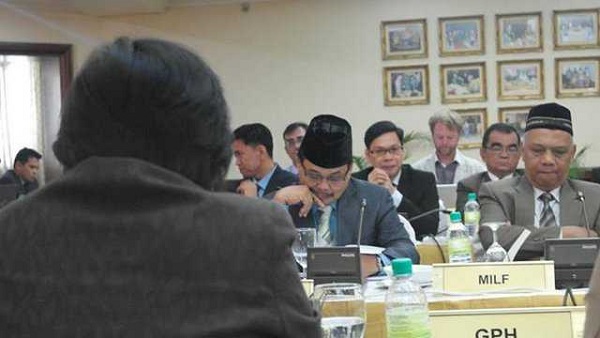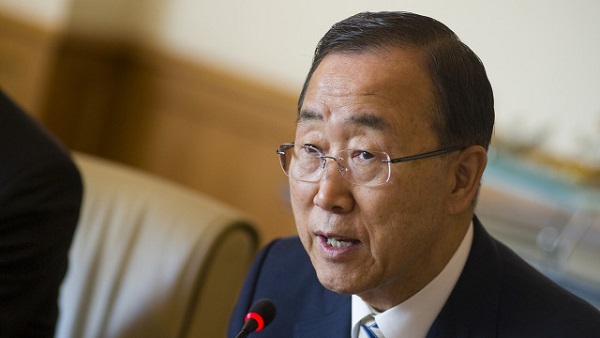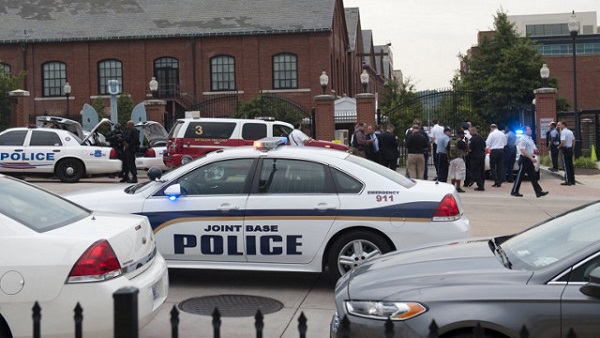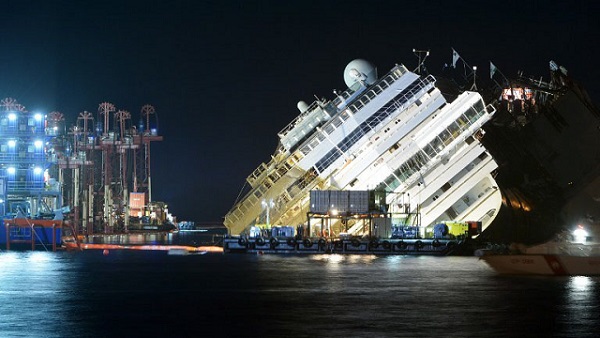SUMMARY
This is AI generated summarization, which may have errors. For context, always refer to the full article.
- More people brought to safety from battle zone

At least 79 people trapped in the Zamboanga battle zone were turned over by the military to the police early morning Tuesday, September 17. Calling the first batch of 64 “unverified hostages,” city councilor BG Guingona said they were picked up at the Southern College along Pilar Street, near Sta Catalina, where heavy fighting has occurred. They were followed by two subsequent batches of 5 and 10 people, respectively. Government troops and the remaining Moro National Liberation Front rebels led by Habier Malik exchanged fire Monday, September 16. That same day, two batches of hostages totalling 36 were either released or rescued. There were at least 33 hostages released prior to Monday. The siege entered its 9th day on Tuesday, September 17.
Read the full story on Rappler. - Prospects not too bright on MILF peace deal?

Moro Islamic Liberation Front chief negotiator Mohagher Iqbal said on Monday there is a “very slim chance” a peace agreement will be sealed after the two remaining annexes on power-sharing and normalization remain unfinished in this round. There were high hopes, before the Zamboanga siege initiated by a renegade faction of the Moro National Liberation Front, that a peace agreement giving rise to the envisioned Bangsamoro political identity, would be concluded. Iqbal said the process has been too slow and that the issues “are really hard.” The government panel is ready to extend the talks to a few more days to complete the remaining annexes, chief negotiator Miriam Coronel-Ferrer said.
Read the full story on Rappler. - UN chief tags Syria chemical weapons as ‘war crime’

United Nations Secretary-General Ban Ki-moon said investigators have confirmed “unequivocally and objectively that chemical weapons have been used in Syria” and said this is a “war crime.” The team of UN investigators said in their report it had “clear and convincing” evidence that sarin gas was used in the Ghouta area of Damascus in Syria. Doctors treated civilians who had no external signs of injuries hours after the August 21 attack. The US estimates about 1,400 died in the attack.
Read the full story on Rappler.
More details are on CNN. - P2-M bounty for info on Kae Davantes killer

President Benigno Aquino III has raised to P2 million the reward money for anyone who can provide information on the killer of advertising executive Kristelle “Kae” Davantes. Earlier, the Philippine National Police and the city government of Las Piñas, where the Davantes family lives, offered a reward of P500,000. The 25-year-old advertising executive of McCann was found dead, gagged, hands tied with a seatbelt, with 5 stab wounds, on Saturday, September 7. Davantes was found under a bridge in Silang, Cavite. She was buried Sunday, September 15.
Read the full story on Rappler. - Snowden living under guard in Russia, says lawyer

US whistleblower Edward Snowden is living under guard in Russia which granted him temporary asylum on August 1. He has been able to travel incognito and is expecting visits from family members, his Russian lawyer said. Anatoly Kucherena told RT television in an interview that Snowden had more secret material from the US National Security Agency which he hasn’t handed over. “You have to understand that Edward worked quite a long time for the CIA. He is a good specialist. He is a professional,” Kucherena said. The US has been wanting Russia to hand him over for investigation.
Read the full story on Rappler. - At least 13 dead in US Navy Yard shooting

At least 13 people, including the suspect — identified as a military contractor from Texas — were killed in a shooting rampage at the Washington Navy Yard. The military contractor was identified as 34-year-old Aaron Alexis who was identified using fingerprints and an ID. As of posting, it was still unclear what the motive for the shooting on Monday, September 17, was. Police said that while there is no reason to suspect terrorism, it has not been ruled out. Authorities added that one more gunman may be on the loose. The Washington Navy Yard is the US Navy’s oldest land establishment created in 1799.
Read the full story on CNN.
A related story is on Rappler.
More details are in the Washington Post. - Costa Concordia cruise ship freed from rocks

About 20 months after it ran aground, the cruise ship Costa Cordia was successfully lifted by engineers in Italy and freed from rocks. 32 people died when the Costa Cordia ran aground off the Tuscan coast in January 2012, with the bodies of two never found. Workers attached giant metal chains and cables to the cruise ship, which is said to be roughly the length of 3 football fields. Environmentalists have warned that if the salvage operation goes wrong, toxic substances could leak into the sea. Likewise, dirty water trapped in the rotting, rusting wreck will pour out as the ship rises, the BBC reported. The salvage is the biggest ever for a passenger ship that had 4,229 people from 70 countries on board.
Read the full story on the BBC.
More details are on Rappler. - Remittances increase in July

Remittances from Overseas Filipino Workers (OFWs) rose 7.4% in July this year compared to the same period in 2012. Money they sent home reached US$2.1 billion, marking the 4th consecutive time that remittances hit the $2-billion mark. The main sources of remittances were the US, Saudi Arabia, United Kingdom, United Arab Emirates, Singapore, Canada and Japan. Remittances from January to July this year amounted to $13.9 billion, up 6.4% year on year. The money sent by OFWs drive domestic consumption which accounts for over 10% of the country’s gross domestic product.
Read the full story on Rappler. - Filipinos spend least time with smartphones in Southeast Asia

Filipino smartphone users spent an average of 171 minutes a day in June, according to global market research firm Nielsen. This is equivalent to about 2.85 hours or a little less than 3 hours. In its report, “Decoding the Asian Mobile Consumer,” Nielsen said compared to other developing countries in Southeast Asia, Filipinos still recorded lesser hours compared to Malaysians who averaged more than 4 hours, Thais who logged 3.48 hours, and Indonesians who recorded 3.26 hours. Users depend on their smartphones for chatting, social networking, and entertainment. Filipinos spend the most time on entertainment activities.
Read the full story on Rappler. - Tips to improve memory

With each passing decade, the hippocampus, the part of the brain responsible for building memory, loses 5% of its nerve cells. Aging also slows the production of acetylcholine, a neurotransmitter important to learning and memory. Yet researchers have found that memory can be improved with some effort. The Huffington Post lists 7 ways: play brain games; eat the right foods; quit multitasking; master a new skill; get more sleep; use mnemonic devices; and hit the gym. According to Dr Gary Small, director of the University of California, Los Angeles Memory Clinic said exercise is the best memory aid of all. It can increase brain size, and the bigger the brain, the greater the capacity to remember.
Read the full story in the Huffington Post.Brain activity image from Shutterstock
Add a comment
How does this make you feel?
There are no comments yet. Add your comment to start the conversation.